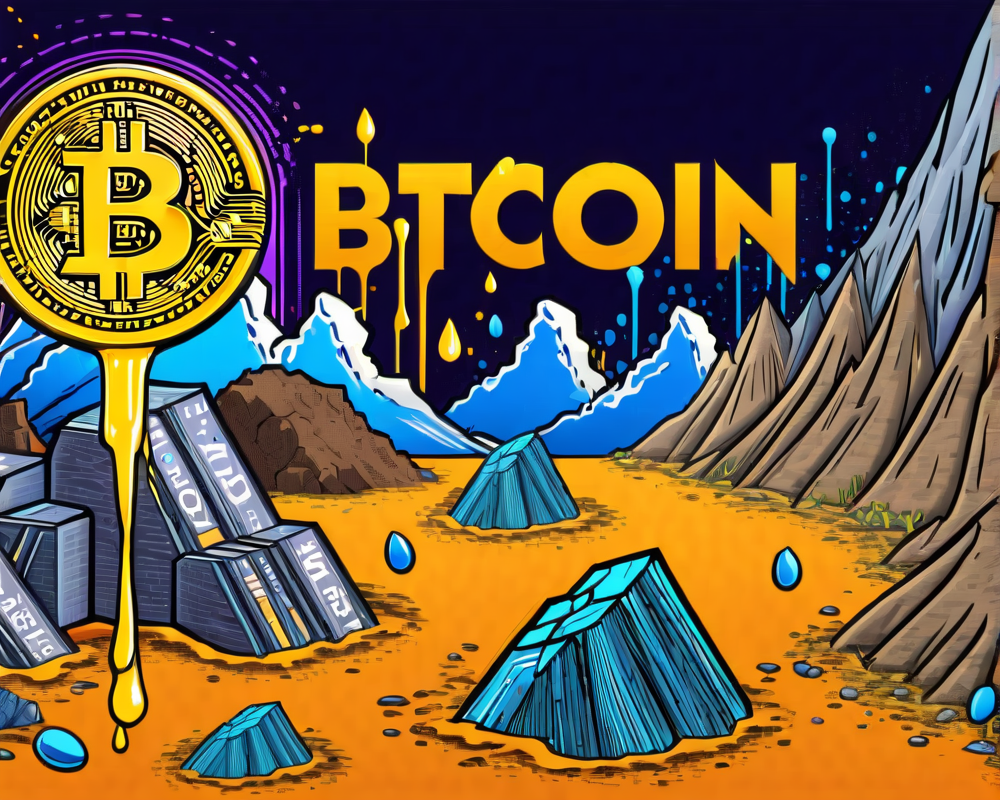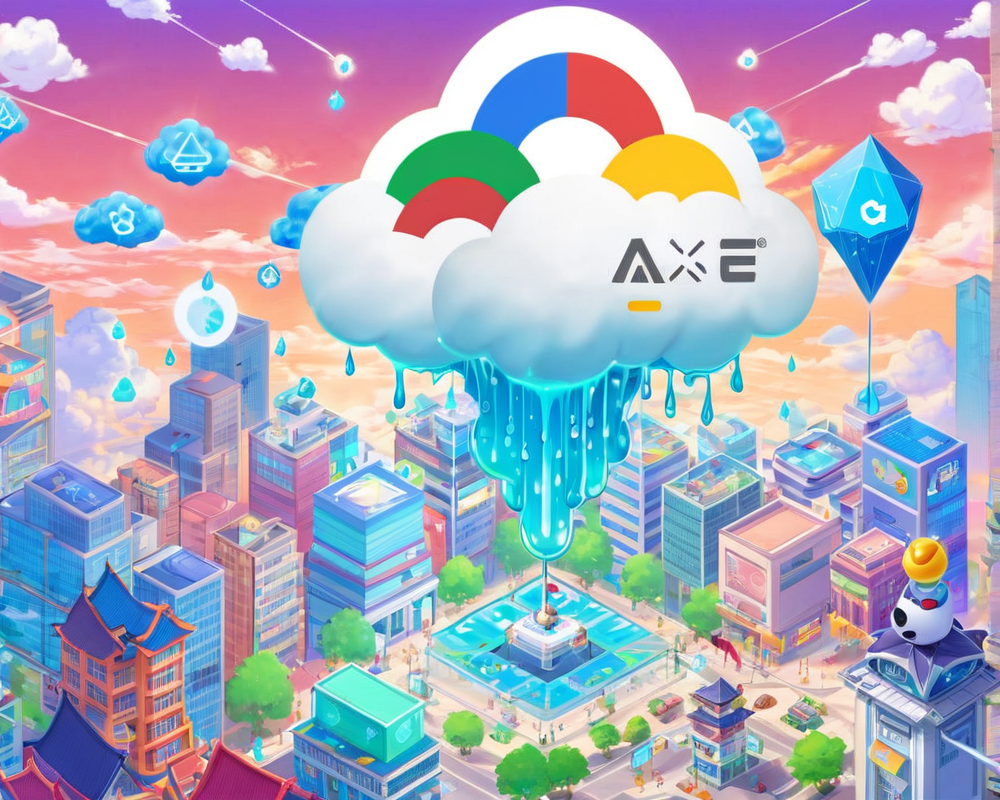What Are Bitcoin Ordinals?
Bitcoin Ordinals are a new kid on the blockchain block! This innovative protocol lets users inscribe data, including images and other media, directly into the Bitcoin blockchain. Initially designed for peer-to-peer monetary transactions, Bitcoin has now expanded its horizons to accommodate digital collectibles. Launched in mid-December 2022, the Ordinals protocol has attracted a staggering influx of users eager to personalize their digital assets.
Impact on Miners’ Earnings
In just two months, Bitcoin miners have raked in almost $600,000 from transaction fees related to Ordinals. Dune Analytics reports show that nearly 74,000 NFTs have been inscribed onto the blockchain. These range from quirky digital artifacts to clones of well-known collections like CryptoPunks and the Bored Ape Yacht Club. Suddenly, Bitcoin mining isn’t just about facilitating transactions; it’s about cashing in on NFT mania!
The Technology Behind Ordinals
How did we get here? The magic of Ordinals was made possible thanks to two significant updates—Segregated Witness (SegWit) and Taproot. SegWit unlocked larger block sizes (up to 4 megabytes), while Taproot allows for the batching of multiple transactions. Both updates make room for this new wave of data inscription, cozying up next to the cryptocurrency transactions we know so well.
Block Size Boondoggle
The introduction of Ordinals has precipitated a noticeable increase in Bitcoin’s mean block size, skyrocketing from an average of 1.5–2 MB to 3–3.5 MB. Even the number of pending blocks in the mempool—Bitcoin’s waiting area—has surged, marking levels unseen since the infamous FTX collapse. If you thought Bitcoin was just for your grandma’s money transfers, think again!
The Business Model: A New Revenue Stream?
Traditionally, Bitcoin miners earn their keep mainly from block rewards—currently at 6.25 BTC per block. But with a halving event on the horizon in spring 2024, that number is set to drop by half. As subsidies shrink, miners will increasingly rely on transaction fees for their livelihoods, making Ordinals an appealing new revenue stream. Some experts are calling this the introduction of miner extractable value (MEV) similar to what we’ve seen on Ethereum, which could greatly boost miners’ earnings.
Critics and Concerns
However, not everyone is thrilled about this bold new direction. Detractors argue that Ordinals could undermine Bitcoin’s reputation as a reliable peer-to-peer payment system. Adam Back, co-founder of Blockstream, voiced his concerns, saying, “Bitcoin is designed to be censor resistant… [It] doesn’t stop us from mildly commenting on the sheer waste and stupidity of an encoding. At least do something efficient!” Some see Ordinals as a mischievous attack on Bitcoin’s pristine reputation as a digital currency.
This evolving narrative leaves us all pondering: will Bitcoin Ordinals truly reshape the mining landscape, or is it just a flash in the pan? Stay tuned as this saga continues to unfold!




